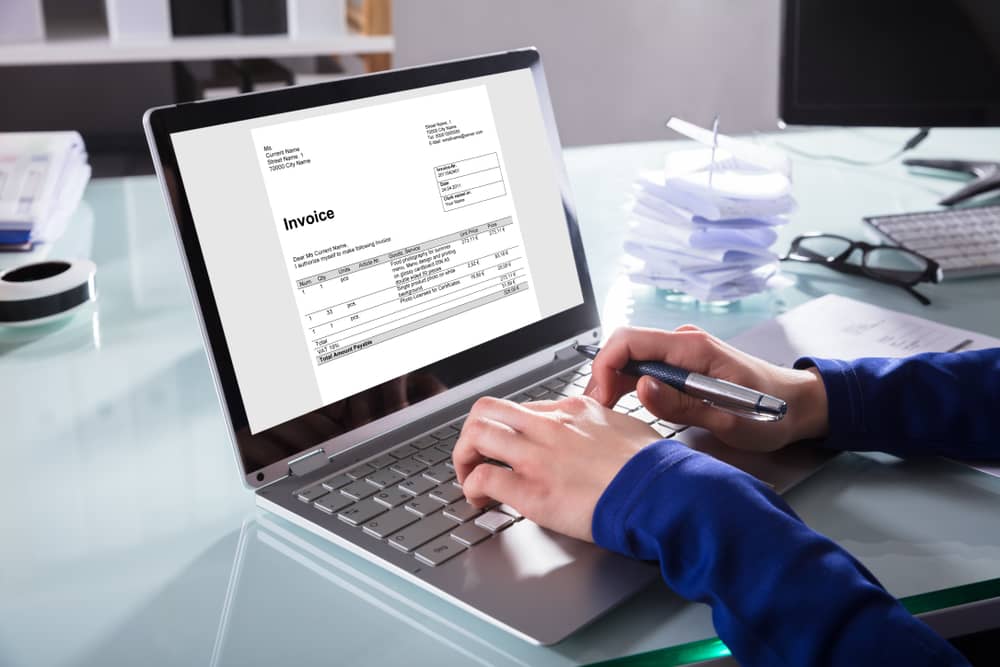3 Reasons to Deploy an Invoice Automation Solution
Is your business on the fence about deploying an invoice automation solution? Learn three reasons why invoice automation is a top priority for AP departments.

Invoice automation is a top priority for accounts payable departments.
Seventy-one percent of accounts payable departments plan to deploy invoice automation before year’s end, according to a poll conducted by the Institute of Finance and Management (IOFM).
Even accounts payable departments that are largely automated plan to deploy more automation.
End-to-end invoice-to-pay automation is long overdue in most departments. Manual, semi-automated, and legacy OCR invoice processes increase costs, errors, and cycle times at a time when businesses can least afford them.
Is your business on the fence about deploying an invoice automation solution?
Here are three reasons to do so:
1. High costs.
Traditional approaches to invoice processing cost too much. Processing invoices in a manual, semi-automated, or legacy OCR environment results in having to key invoice information. Secondly, invoices are lost or misplaced and have lengthy approval and exception resolution cycles. Long approval cycles result in costly late fees and missed discounts.
Additionally, there are compliance and security risks, high paper storage and retrieval costs, and delays in uploading data on approved invoices to downstream systems. Supplier inquiries about invoice and payment status and difficulty implementing operational best practices are also due to traditional invoice processing.
Manual processes also increase the chance of costly payment errors. Duplicate and overpayments account for 2 percent or more of all payments at 14 percent of businesses, IOFM benchmark data finds. A rule of thumb is that a duplicate payment rate over 0.5 percent indicates weak processes or a master vendor file that needs weeding out, per IOFM.
2. Long cycle times.
Long invoice approval cycles are a big challenge for accounts payable departments. In a typical accounts payable environment with approvers working from home, getting invoices from one party to another requires staff to scan invoices and email them to the appropriate individual. Email-routed invoices are hard to track and are more likely to be sent to the wrong individual, overlooked, or accidentally deleted.
Long invoice approval cycles result in backlogs, late payment penalties, and difficulty forecasting cash flow. They also cause more calls and emails from suppliers regarding the status of invoices and payments. Long approval cycles also make it hard for businesses to capture early-payment discounts.
Eighty percent of companies surveyed by IOFM receive invoices that offer early-payment discounts. In fact, 5 percent of those surveyed said that more than 25 percent of the invoices their business receives offer discounts for early payment. While 3 percent of companies say between 16 percent and 25 percent of the invoices they receive offer early-payment discounts.
Businesses that take advantage of a discount term of just 1/10 net 30 earn an annualized 18 percent return. The return is much more than they can make from a typical interest-bearing bank account. But most businesses capture less than 21 percent of all early-payment discount offers, and 12 percent of companies cannot capture any early-payment discounts, IOFM finds. Slow invoice approval cycles are largely to blame for these missed discounts.
3. Poor visibility.
Manual, semi-automated, and legacy OCR approaches to invoice processing do not provide the visibility that AP departments need to assess their cash position. Nor does it help avoid late-payment penalties or make informed decisions about early-payment discount capture offers. Senior finance managers also lament the lack of visibility into invoices and payables documents.
Manual and semi-automated invoice processes are the primary contributors to the problem: essential information is not captured, data is poorly organized, information is not timely, systems are not well-integrated, and decision-makers do not have access to key variables to know the best time to release cash.
Moreover, it is hard for staff to track the status of invoices and other documents in a manual or semi-automated environment. Also, it is difficult to ensure that the appropriate individuals have approved documents promptly. Paper invoices can sit for days on an individual’s desk, get stuck in inter-office mail awaiting approval, or become lost or misfiled.
In tough times, businesses need better visibility into their cash and spend.
Manual, semi-automated, and legacy OCR invoice processes are no match for these challenges.
That is why more accounts payable departments plan to deploy an invoice automation solution.
_________________________________________________________________________________________
Edenred Pay, an Edenred Company, is the global leader in invoice-to-pay automation. Our integrated platform connects businesses with suppliers, ERPs, banks, FinTechs, and payment rails to automate, optimize, and monetize the entire B2B payments lifecycle – from invoice receipt through payment reconciliation. Edenred Pay’s efficient, integrated solutions create a frictionless process and help deliver value to the enterprise by enhancing visibility and monetizing AP.
Visit www.edenredpay.com or contact us to learn more.



